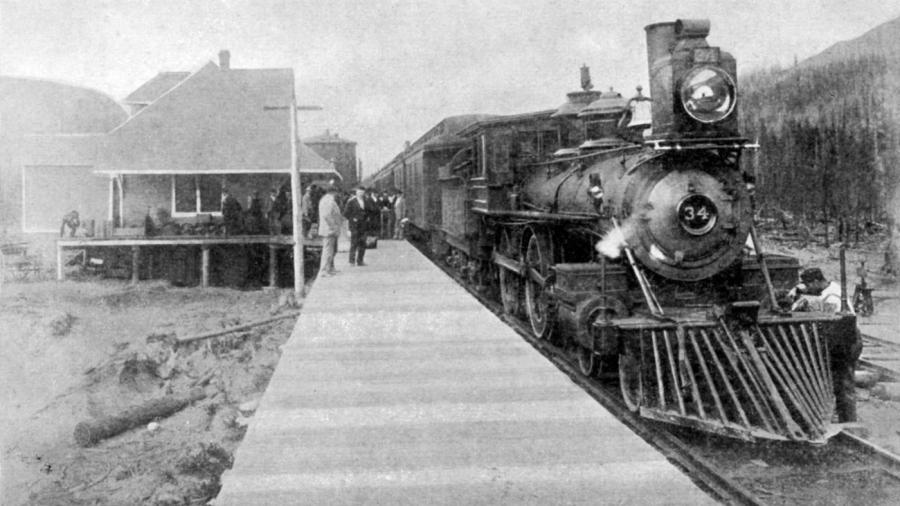What Were the Effects of the Transcontinental Railroad?

Among the many positive effects of the transcontinental railroad are the following improvements: faster and safer transportation from coast to coast, boosts in international and intercontinental trade, faster spreading of ideas and expansion of the United States into areas not previously settled. Negative effects existed as well. More intrusion on Native Americans took place, and there was a rise in racial tensions in the nation.
As the transcontinental railroad began operation, changes came fast and furious in America. Though there was expansion in settled areas within the nation, the country itself seemed smaller as reaching the various locations became easier. Trade of goods and ideas was easier and faster between the Atlantic and Pacific coasts. Goods coming into the West Coast from Asia reached the East Coast more rapidly, and goods from Europe reached the West Coast quicker. These accomplishments led to a great improvement in America’s international status. Native Americans, however, suffered even greater defeats as they were pushed out of yet more land they had established as their own. Racial tensions increased not only against the Native Americans but other groups as well. The Chinese had come to the West Coast in great numbers, and many were hired to work on the railroad. When the job ended, they had difficulty finding work, and Americans feared the Chinese workers taking their jobs. This led to the passing of the Chinese Exclusion Act to prohibit more immigration from China and to send some of the immigrants home. The act was not repealed until 1943.





